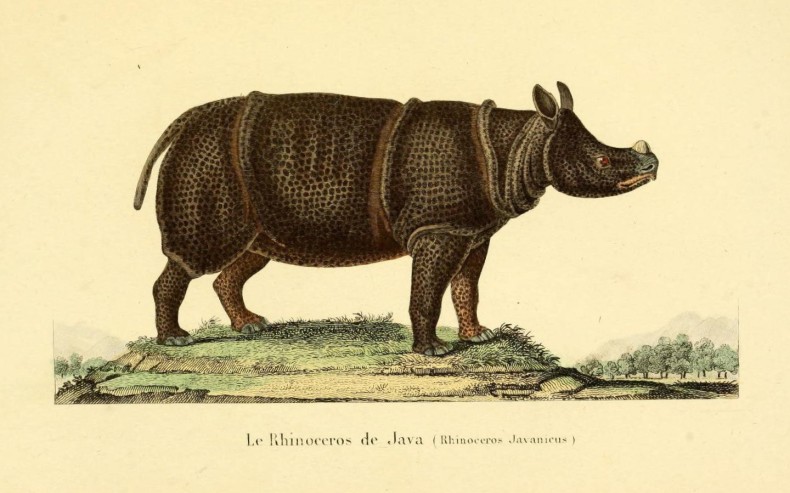
Last Thursday, a study in Science predicted that if global carbon emissions continue on their current “business-as-usual” trajectory, climate change will extinguish one-sixth of the species on earth. The figure comes with the usual caveats, which you can read about here and here. As a rough estimate of what lies ahead, though, the study is useful—and sobering.
Unfortunately, it’s also business as usual. While the one-in-six figure is especially startling, the major journals publish new findings about the current or predicted effects of climate change almost every week. The news is rarely good; as a journalist who writes about climate, my headline choices sometimes seem limited to It’s Gonna Be Really Bad and It’s Already Worse Than We Thought. These stories are important—don’t get me wrong—but their beat is so steady, and so unsettling, that I can’t blame readers for tuning them out. (Honestly, sometimes I wish I could tune myself out.) So let me use this space to tell you about a different kind of study, and a different kind of headline.
Also last week, a group of European scientists reported in Conservation Biology that between 1996 and 2008, conservation efforts such as habitat protections, anti-poaching measures, and species reintroductions have significantly brightened the outlook for the world’s ungulates—horses, giraffes, hippos, and other hoofed animals. Without these efforts, the researchers conclude, the overall decline in the conservation status of ungulates would have been nearly 8 times worse.
For instance, their analysis suggests that without conservation measures, the common wildebeest, a species considered of least concern by the International Union for the Conservation of Nature, would now be critically endangered; the Javan rhinoceros and the greater one-horned rhinoceros, meanwhile, would have disappeared completely from the wild. Estimating what might have been requires some speculation, the researchers point out. But they write:
Our results demonstrate that conservation actions have both helped to keep common species common, or at least prevented swifter deteriorations in extinction risk from lower to higher categories of threat, while simultaneously acting to prevent highly threatened species from disappearing entirely. We also showed that while conservation has functioned to save high-profile species from going extinct, through targeted, species-specific interventions, the majority of species have benefited from conservation efforts collaterally.
The headline, it seems, is It Could Be a Lot Worse. That’s not exactly attention-grabbing, as the Obama administration knows all too well, but it’s an essential point, and it’s one that conservation organizations should make more often. The prospects for many species are undeniably grim, especially as the climate continues to change. (Another study released last week found that about 60 percent of the world’s large herbivore species, including many ungulates, are already threatened with extinction.) But conservation measures are giving these species a better chance than they would have otherwise. And that, assuming you care about species other than our own, sounds almost like good news.
It also means—sorry!—that you can’t glue yourself to the couch in despair just yet. Consider the Javan rhino, the rarest of the five living rhino species and perhaps the rarest large mammal in the world: If humans weren’t patrolling its habitat for poachers, and hacking away at the invasive palms that shade out its food plants, there might not be any Javan rhinos in the wild at all. For years, researchers estimated that there were, at most, 44 free-roaming Javan rhinos left on earth. Early last year, camera-trap surveys counted 58—including eight babies.
Photo from Biodiversity Heritage Library. Creative Commons.
Thanks for the good news… really.
did my job and be hopefull.